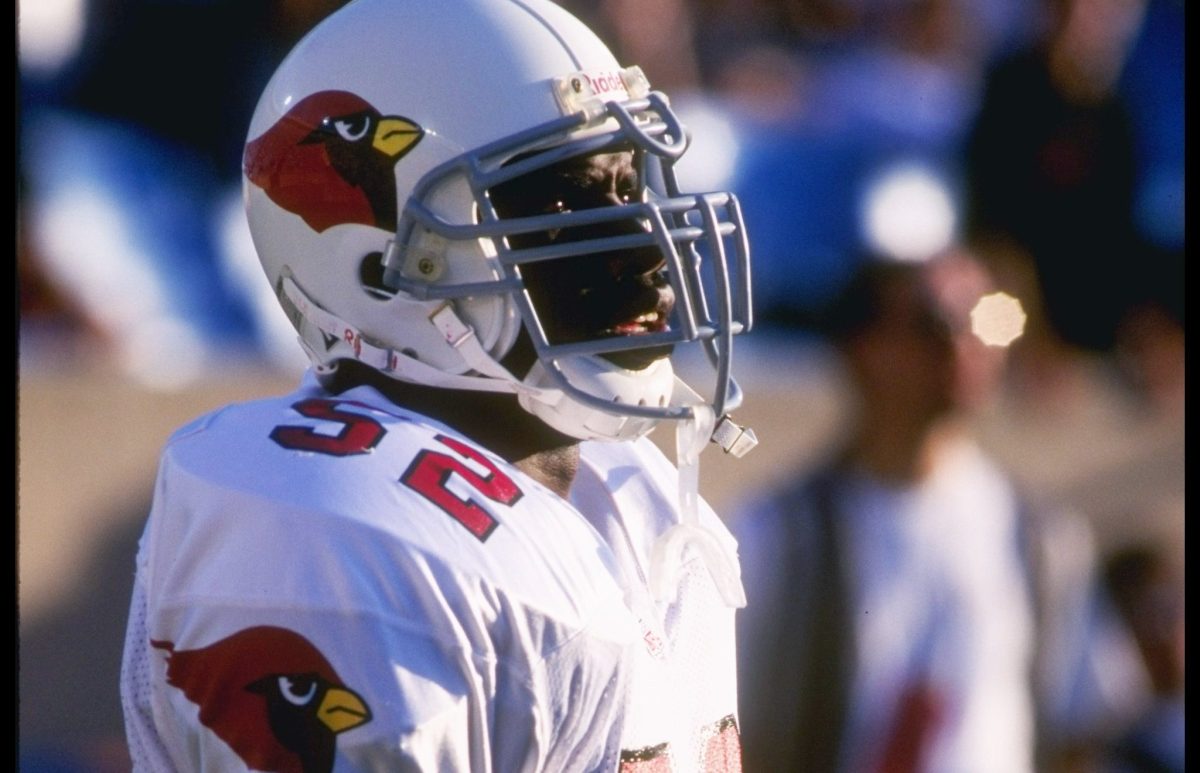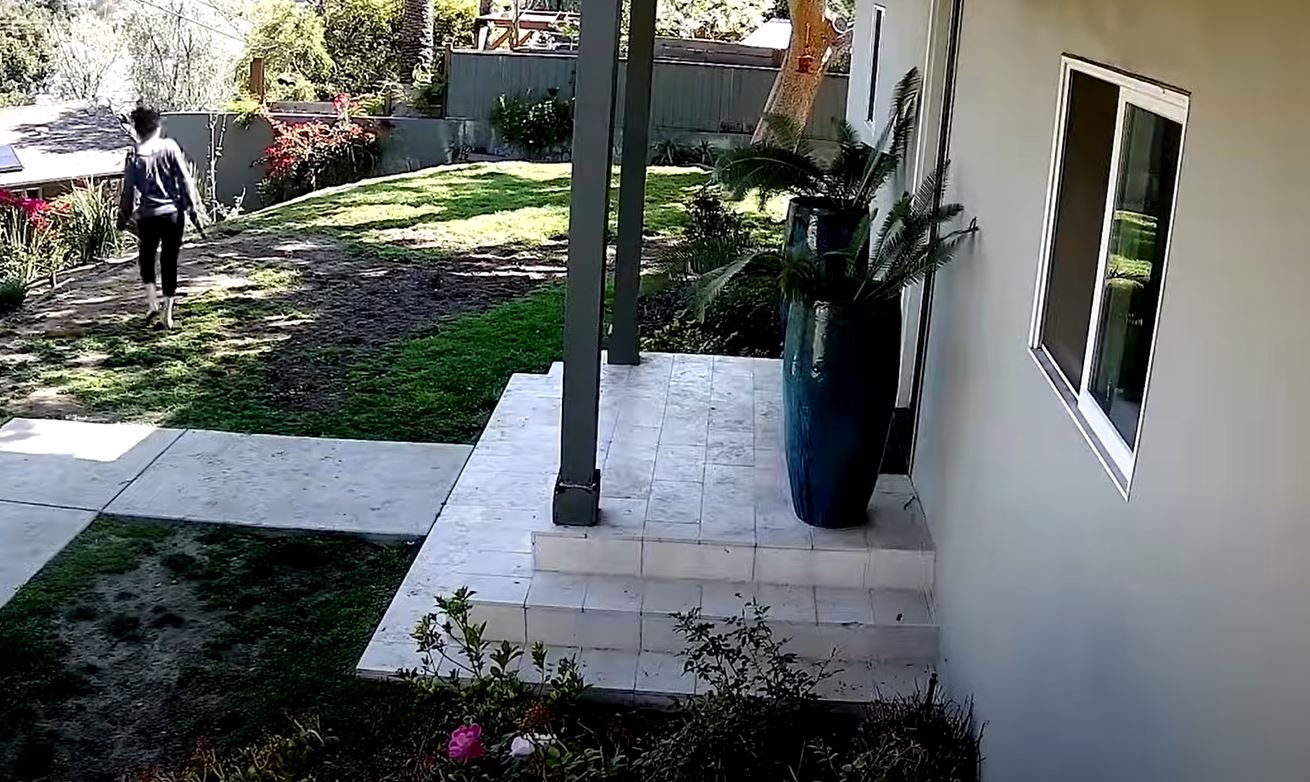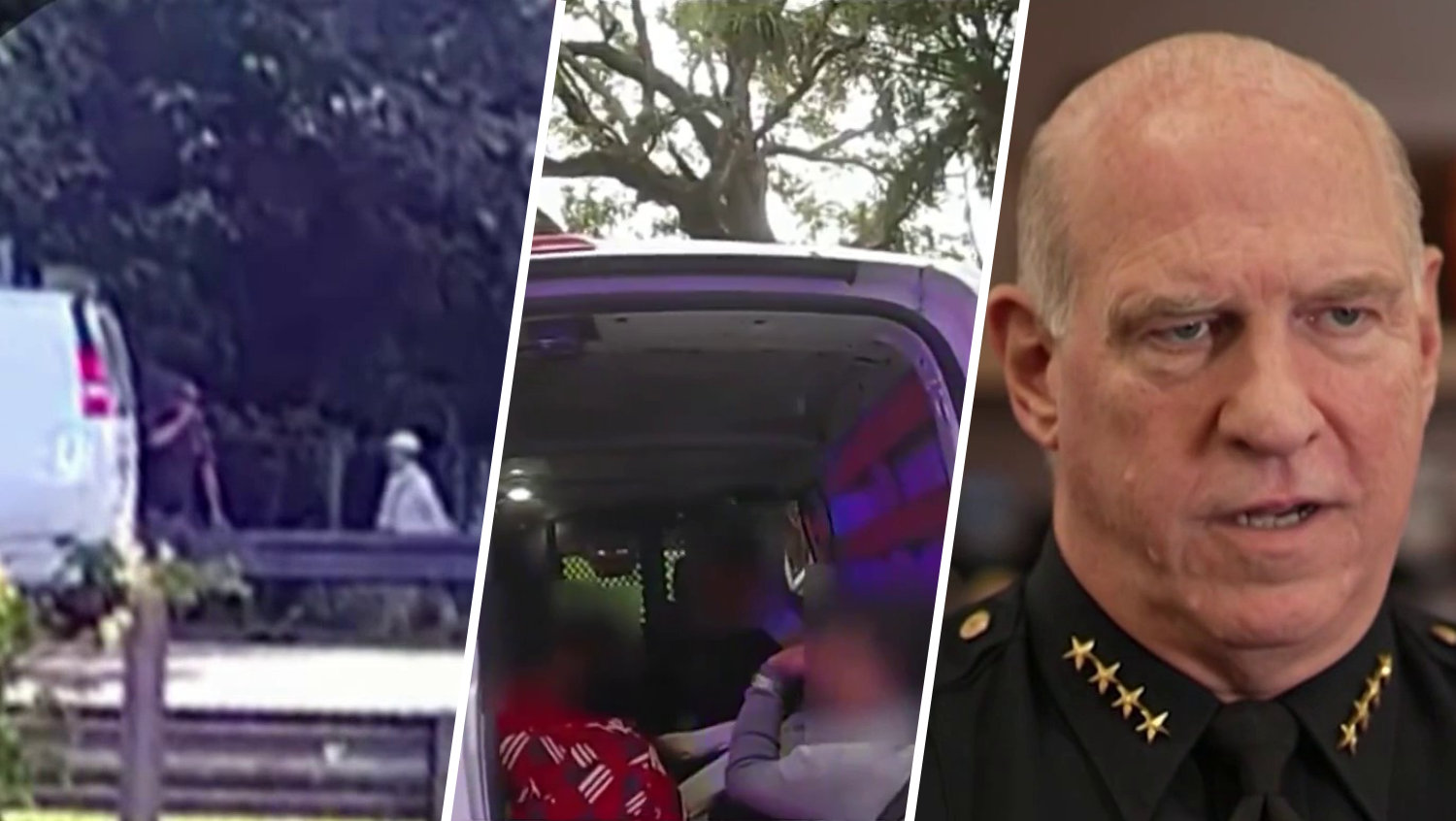Former NFL Player Detained at Gunpoint: Mistaken Identity?
Former NFL Star Held at Gunpoint: A Case of Mistaken Identity?
Introduction: When a Routine Airport Pickup Turns Terrifying
Imagine this: You're a former NFL player, a respected member of your community, simply waiting to pick up your daughter from the airport. Sounds like a normal day, right? Wrong. For Wesley Leasy, a former Arizona Cardinals player, this routine task turned into a terrifying ordeal involving guns, mistaken identity, and the glaring spotlight of police scrutiny. This is his story, a story that raises important questions about police procedure, racial profiling, and the long-lasting impact of such encounters.
The Day Everything Changed: April 10th at Phoenix Sky Harbor
The date was April 10th. Wesley Leasy was at Phoenix Sky Harbor Airport, eagerly anticipating the arrival of his 26-year-old daughter. What should have been a joyous reunion quickly spiraled into a nightmare when Mesa, Arizona police officers swarmed his vehicle, weapons drawn. Why? Because his white Mercedes with temporary plates allegedly matched the description of a suspect vehicle involved in a nearby shooting. But how close was this match, really?
The Police Report: A White Mercedes with Temporary Plates
According to the Mesa Police Department, officers were responding to a shooting at a nearby apartment complex. They received multiple descriptions of the suspect’s vehicle: a white, four-door Mercedes with temporary plates. An air unit spotted a car matching that description entering the airport. Sounds cut and dry, right? Maybe not. As Leasy himself pointed out, white Mercedes vehicles with temporary plates aren’t exactly rare in Scottsdale, Arizona.
Is This Enough to Justify a Gunpoint Stop?
The question that immediately arises is whether a generic description like "white Mercedes with temporary plates" provides sufficient justification for an armed confrontation, especially in a public place like an airport. Are we living in a world where driving a common luxury vehicle makes you a suspect? It's a question worth pondering.
Leasy's Perspective: A Feeling of Humiliation and Fear
Speaking to NBC News, Leasy described the harrowing experience. "I have a brand new Mercedes. It’s got temporary plates on it," he stated, "but here in the state of Arizona, in Scottsdale, where I live, there are a ton of white Mercedes that are around here." His words highlight the absurdity of the situation. Imagine being surrounded by armed officers, fearing for your life, simply because you drive a common type of car. The feeling of being presumed guilty, rather than innocent, must have been deeply unsettling.
Bodycam Footage: A Glimpse into the Incident
The incident was captured on bodycam footage, offering a stark and unfiltered view of the encounter. While the footage may show the officers following protocol, it also captures the palpable tension and fear experienced by Leasy and his daughter. Bodycam footage is crucial for transparency and accountability, but it also serves as a powerful reminder of the potential for escalation in police encounters.
Racial Profiling: An Unavoidable Question
Let's be honest, the issue of racial profiling cannot be ignored in this situation. Was Leasy, a Black man, targeted based on the color of his skin? While the police department claims to have been acting solely on the vehicle description, the fact remains that racial bias, whether conscious or unconscious, can play a role in these types of incidents. Is it a coincidence, or is there a larger pattern at play?
The Importance of Addressing Systemic Bias
Regardless of the specific circumstances of this case, it's essential to acknowledge and address the issue of systemic bias in law enforcement. Training programs, community outreach, and policy reforms are crucial steps in ensuring that everyone is treated fairly and equitably, regardless of their race or ethnicity. Ignoring the problem only perpetuates it.
The Aftermath: Emotional Toll and Lingering Questions
The emotional toll of such an encounter can be significant. The feeling of being unjustly targeted, the fear for one's safety, and the potential for lasting trauma can have a profound impact. Leasy and his daughter were undoubtedly shaken by the experience, and it raises questions about the long-term psychological effects of such incidents.
Mesa Police Department's Response: Protocol or Overreach?
The Mesa Police Department maintains that its officers acted in accordance with protocol. But was the protocol appropriate for the situation? Was there a less aggressive approach that could have been taken? These are questions that warrant careful consideration.
Reviewing Police Procedures: A Necessity for Improvement
This incident underscores the need for continuous review and improvement of police procedures. Are current protocols too broad? Do they allow for too much discretion? Are there ways to minimize the risk of mistaken identity and prevent unnecessary escalation? These are crucial questions that need to be addressed to ensure public safety and maintain trust in law enforcement.
Public Reaction: Outrage and Demands for Accountability
News of the incident sparked outrage and demands for accountability from the public. Many people expressed concerns about the use of excessive force and the potential for racial profiling. The incident has fueled further debate about the role of police in society and the need for greater transparency and accountability.
Legal Recourse: Will Leasy Pursue Legal Action?
Whether Leasy will pursue legal action remains to be seen. He has the right to seek legal remedies if he believes his rights were violated. A lawsuit could bring greater scrutiny to the incident and potentially lead to policy changes within the Mesa Police Department. Time will tell if he decides to pursue that path.
The Bigger Picture: A National Conversation on Policing
This incident is not an isolated event. It is part of a larger national conversation about policing, accountability, and racial justice. From George Floyd to countless other cases, the issue of police misconduct and the need for reform are at the forefront of public discourse. Leasy's experience adds another layer to this complex and urgent discussion.
Lessons Learned: Towards a More Just and Equitable System
What lessons can be learned from this incident? It highlights the importance of:
- Careful and thorough investigation before initiating an armed encounter
- Minimizing the risk of mistaken identity
- Addressing systemic bias in law enforcement
- Promoting transparency and accountability
- Fostering positive relationships between police and the communities they serve
By addressing these issues, we can work towards a more just and equitable system for everyone.
Moving Forward: A Call for Change
Wesley Leasy's experience serves as a stark reminder of the need for ongoing reform in law enforcement. It is a call for change, a call for greater accountability, and a call for a more just and equitable system for all. The story of this former NFL player turned into victim of mistaken identity should be a catalyst for positive change. It's up to us to ensure that stories like his become less frequent, not more so.
Conclusion: A Moment of Terror, A Need for Reform
The mistaken detention of Wesley Leasy at gunpoint highlights critical issues within law enforcement. The incident underscores the potential dangers of broad descriptions leading to mistaken identity, the lingering concerns of racial profiling, and the emotional toll such encounters can inflict. While the Mesa Police Department maintains its officers acted within protocol, this event necessitates a deeper examination of those protocols and a commitment to fostering a more equitable and just system of policing.
Frequently Asked Questions (FAQs)
- What specific actions did the police take when approaching Wesley Leasy?
Based on reports, police surrounded Leasy's vehicle with guns drawn, potentially issuing commands before confirming his identity and connection to the shooting incident. The specifics of the interaction would be best detailed within the bodycam footage. - Has the Mesa Police Department publicly apologized to Wesley Leasy?
As of the latest reports, there is no indication that the Mesa Police Department has issued a formal apology to Wesley Leasy. Their public statements have focused on their adherence to protocol. - What legal options are available to Wesley Leasy following this incident?
Wesley Leasy has several legal options, including filing a formal complaint with the Mesa Police Department, pursuing a civil lawsuit for damages resulting from the incident (such as emotional distress or reputational harm), and requesting a formal investigation by an independent agency. - How does this incident reflect on the broader issue of police training and de-escalation tactics?
This incident raises questions about the effectiveness of current police training, particularly in de-escalation tactics and the ability to accurately assess situations before resorting to force. Critics argue that officers should prioritize less aggressive approaches, especially when dealing with potential suspects in public places. - What impact could this incident have on community relations with the Mesa Police Department?
This incident has the potential to damage community relations, particularly with minority communities, who may perceive it as evidence of racial bias. Transparency, accountability, and a commitment to addressing community concerns are crucial for rebuilding trust and fostering positive relationships between the police department and the public.



